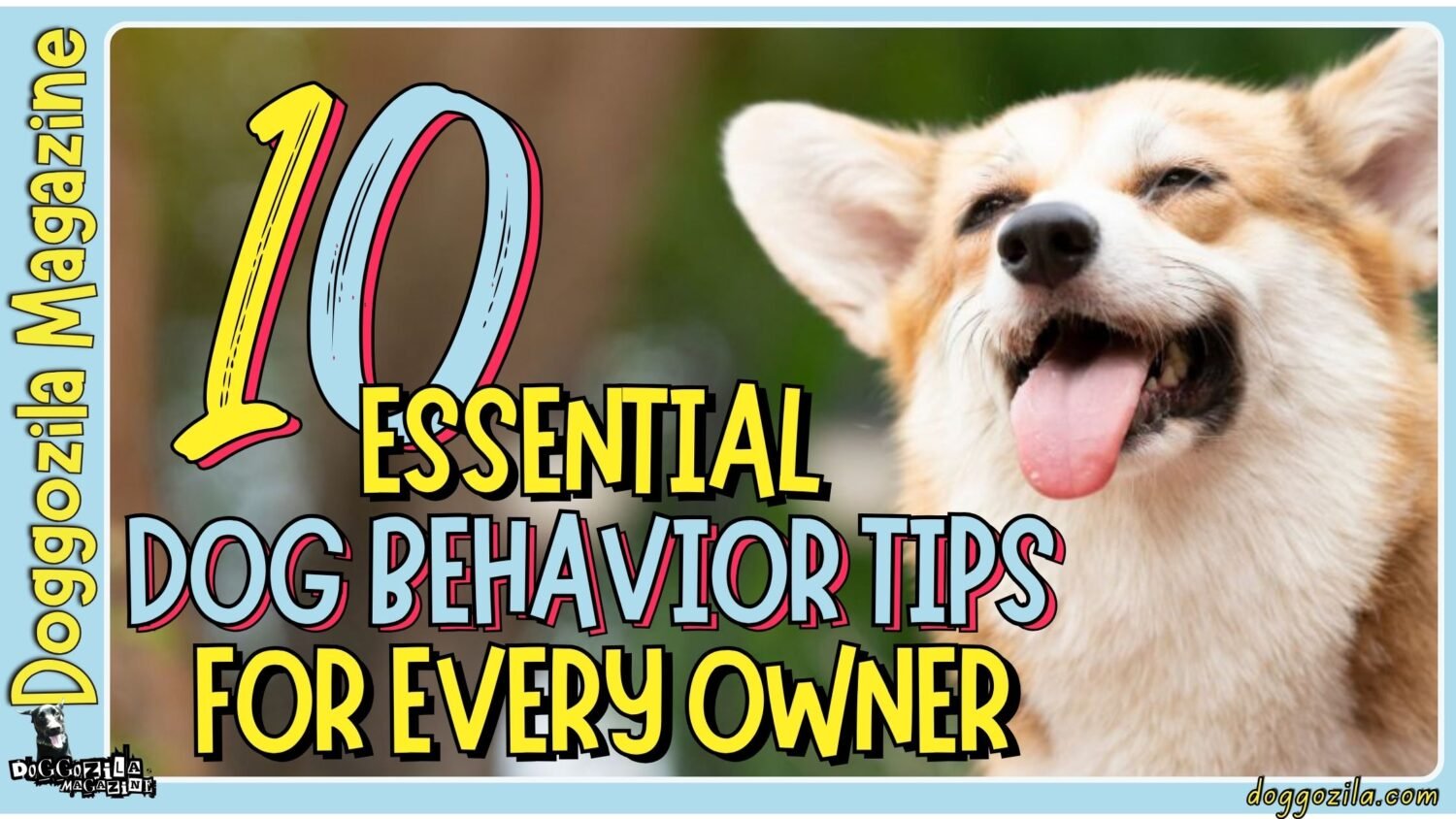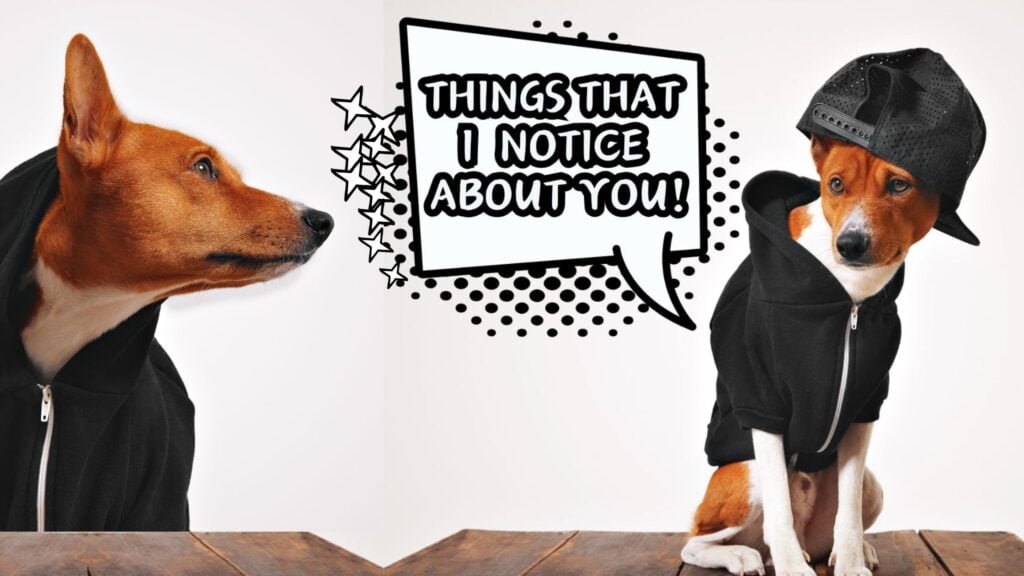Dogs can lose their hearing in many ways, from congenital pigment-related deafness in puppies to age-related decline in senior companions. When some dog owners learn about this, they often question themselves: how to live with a deaf dog?
While some pups are born without hearing due to genetic defects, others develop hearing loss through chronic ear infections, traumatic injuries, or prolonged exposure to loud noises. Recognizing the type of deafness your dog faces is the first step toward empathy and proper care.
Early diagnosis using everything from at-home tests like squeaky toys to professional Brainstem Auditory Evoked Response (BAER) testing, sets the stage for a confident and joyful life together as you adapt your routines to meet new needs.

GENETIC AND CONGENITAL ORIGINS OF DEAFNESS IN DOGS
Dogs born deaf often carry a pigment-related condition that affects their inner ear, making certain breeds like Dalmatians, Australian Shepherds, and Boston Terriers more prone to congenital hearing loss. From puppyhood, these pups depend almost entirely on visual and tactile cues, so breeders and new owners must begin sign-based training immediately.
Research shows that deaf puppies quickly learn to read human expressions and body language, forming strong bonds with owners who invest in consistent, positive methods. Understanding this genetic foundation empowers you to tailor every interaction from feeding routines to play sessions—to your dog’s unique sensory experience.
Acquired Deafness Through Chronic Ear Infections, Trauma, and Age-Related Loss
Not all deaf dogs start life without hearing. Many go deaf over time mostly due to middle-ear infections in dogs. Other reasons are head injuries, or simply the aging process that stiffens the eardrum. Owners might notice an abrupt lack of response to once-familiar commands, or a sudden drop in anxiety around thunderstorms and doorbells.
Veterinarians can often treat infections or remove foreign bodies to restore partial hearing, but irreversible cases demand a fresh communication toolkit. Embracing this transition with patience and a structured plan can reduce stress and help your pup adjust without fear.
Practical Tips for Testing and Diagnosing Deafness at Home and With BAER
Home testing like rattling keys out of sight, clapping behind your dog, or ringing a bell can give an early indication of hearing gaps, though visual cues may skew results. If your pup shows no reaction, it’s time for a veterinary appointment that may include otoscopic exams and a BAER test to measure neural responses in the brainstem directly.
The BAER test remains the gold standard, offering clear confirmation and guiding next steps for training adaptations. Whether hearing loss is partial or total, a precise diagnosis arms you with the confidence to modify every aspect of life, from furniture layout to playtime rituals, ensuring your dog thrives on safety and love.
How To Live With A Deaf Dog By Creating A Safe And Stimulating Environment?
Transforming your home to support your hearing-impaired pup means more than removing breakables, it’s about constructing predictable zones where your dog can explore without the risk of startling accidents. By designating clear sleeping, feeding, and play areas, you reinforce positive routines that your dog can visually anticipate.
Incorporating snug crates near high-traffic spaces and tactile floor mats at doorways signals movement without a single sound. These thoughtful tweaks reduce anxiety, boost confidence, and let you embrace life with a deaf dog in a space built for success.
🔑 Key Points: Dogs born deaf due to genetics (common in Dalmatians, Aussies, Bostons) rely solely on visual/tactile cues. Start sign-based training immediately in puppyhood to build strong bonds through consistent, positive methods.
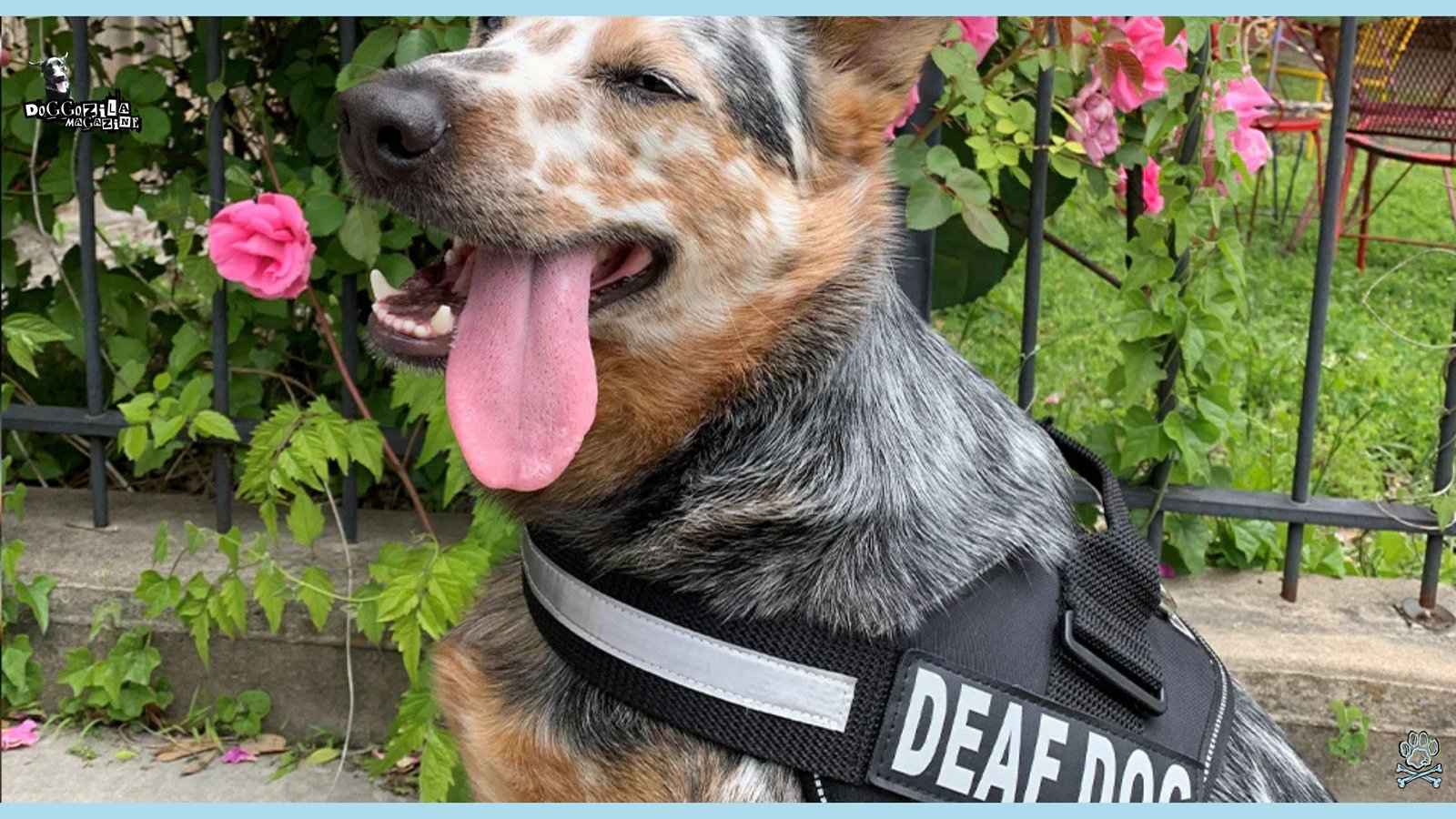
HOW TO LIVE WITH A DEAF DOG BY ADAPTING YOUR FURNITURE LAYOUT AND CREATING SAFE ZONES?
When dogs can’t rely on hearing, a consistent environment becomes crucial for orientation and peace of mind, especially in multi-room homes with pets and guests. Group stable pieces, like chairs, tables, and crates, in predictable clusters so your deaf dog can memorize pathways by sight and smell. Soft rugs or foam mats can cushion joints and provide textured landmarks, helping them avoid startled collisions.
Lighting cues, such as leaving hallway lights on during evening hours or create gentle prompts as your dog moves about. By mapping out “safe zones” where your pup can retreat, you foster a sense of control and reduce accidents from sudden startles.
How To Live With A Deaf Dog By Introducing Visual Stimuli Like Light Signals And Color-Coded Markers?
Deaf dogs benefit enormously from visual alerts that stand in place of doorbells or phone rings, think strategically placed lamps or battery-powered puck lights that you can flick on to signal a visitor. Color-coded decals on walls can mark “do not cross” zones or the thresholds of each room, giving your pup an intuitive guide.
In dim settings, LED strips along baseboards create an illuminated path, guiding them safely from crate to couch. Each visual marker bolsters your dog’s ability to navigate independently, inviting exploration and minimizing uncertainty.
The Role Of Vibration Collars And Textured Mats In Helping You Learn How To Live With A Deaf Dog
Vibration collars when used as gentle attention-getters rather than punishment devices, can serve as a reliable tool to notify your pup of mealtimes, walks, or affection sessions. Textured mats under feeding stations not only help your dog locate their bowl but can also double as an alert if you gently tap your foot on them.
Paired with clear, consistent hand signals, these tactile prompts become part of a harmonious daily rhythm. Over time, your dog will associate each vibration pattern with a distinct activity, transforming an ordinary collar into a key element of seamless communication.
Encouraging Confident Exploration: How To Live With A Deaf Dog Through Structured Play Areas?
Dogs with hearing loss can sometimes hesitate in unfamiliar spaces, so carving out mini obstacle courses with low tunnels, balance beams, and sniff mats builds both strength and trust. Rotate toy selection weekly, introduce puzzle feeders, snuffle mats, and scented toys, to keep novelty high and stimulate multiple senses.
Place vibrant visual cues around each station: a red cone marks the start of a recall drill, a green flag signals a treat reward zone. By supervising the first few explorations and gradually loosening the leash, you invite your dog to celebrate small victories, reinforcing the joy of curiosity without any sudden surprises.
🔑 Key Points: Hearing loss from infections, trauma, or aging demands patience and a fresh approach to communication. While some causes may be treatable, irreversible cases require structured plans to reduce stress and help the dog adapt.
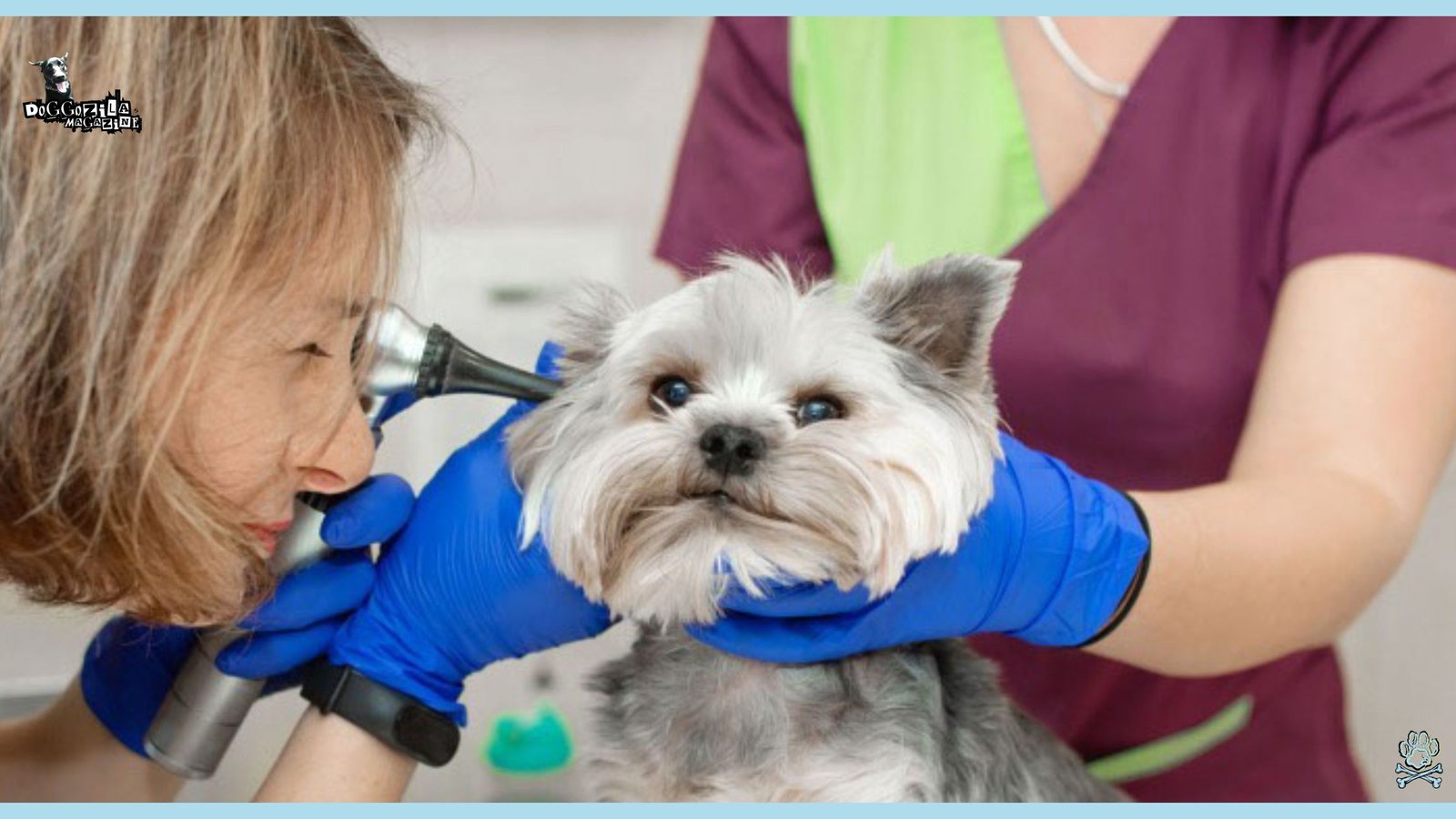
HOW TO LIVE WITH A DEAF DOG BY MASTERING VISUAL AND VIBRATIONAL COMMUNICATION?
Owning a deaf dog transforms you into a bilingual communicator, merging sign language, body posture, and gentle taps to convey everything from “sit” to “time for bed.” The secret lies in keeping each visual cue crisp and consistent; dogs thrive on repetition. Combine clear hand signals with calm facial expressions, and always reward correct responses with a quick treat or enthusiastic pat. As you master this dialog, your dog will respond with the same fluidity they once held for spoken commands, forging an unspoken bond that’s every bit as powerful.
A study in Applied Animal Behaviour Science showed dogs respond 40% faster to visual vs. verbal cues. So in order to learn how to live with a deaf dog means turning gestures into a language: point at their leash for walks, or tap your wrist for meal times.
Emphasizing Hand Signals: Mastering How To Live With A Deaf Dog Through Consistent Visual Commands
Hand signals become the cornerstone of your dog’s vocabulary, so select gestures that make intuitive sense, such as raising a flat palm for “stay,” a thumb-up for “yes,” and sweeping your hand down for “sit.” Begin each session in a low-distraction environment, luring your dog’s gaze before presenting the sign, then immediately rewarding correct execution.
Over weeks, phase out treat lures and rely solely on the visual cue, slowly increasing distance and distractions. Research shows that deaf dogs learn sign languages at the same pace hearing dogs pick up verbal cues, provided training is positive and patient.
Leveraging Facial Expressions And Body Language As You Learn How To Live With A Deaf Dog
Beyond hand gestures, dogs are experts at reading our face and posture; a soft, relaxed brow paired with an inviting stance encourages approachability, while a firm set of shoulders can politely indicate “no.”
Practice in front of a mirror to synchronize your facial cues with each command, and be mindful of accidental mixed signals—crossing your arms might unintentionally shut down engagement.
Mirror your dog’s joints: lower yourself at their eye level for greetings, or stand tall and broad when you need them to keep their distance. Dogs will map these non-verbal patterns onto your daily interactions, turning subtle shifts into clear messages.
Integrating Lights, Laser Pointers, And Other Visual Aids When Figuring Out How To Live With A Deaf Dog
Small, handheld LED flashlights can alert your deaf dog across rooms, flash once for attention, flash twice for “come,” and so on—to mirror multi-syllable verbal commands. Some trainers successfully use laser pointers to guide dogs into desired positions, though caution is needed to avoid fixation issues.
Installing colored indicator lights near doorways can also signal entry and exit times, helping your dog understand when you’re coming and going. Each new tool should be introduced slowly, with high-value treats marking correct associations, until these visual aids become as natural to your dog as spoken words once were.
🔑 Key Points: While home tests (clapping, keys) can hint at hearing loss, professional Brainstem Auditory Evoked Response (BAER) testing is essential for definitive diagnosis and guiding training/lifestyle adaptations.
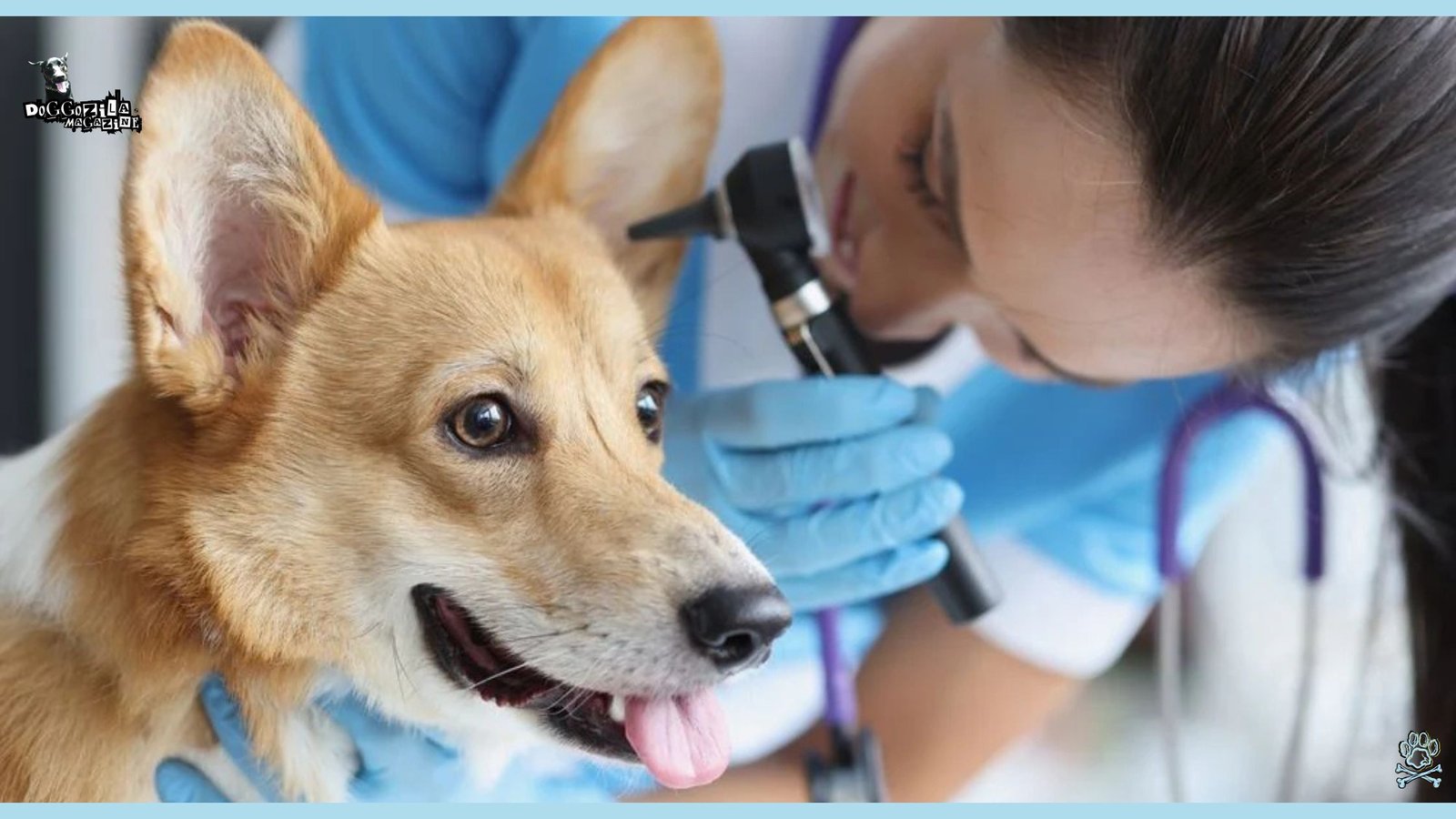
HOW TO LIVE WITH A DEAF DOG BY BUILDING A POSITIVE REINFORCEMENT TRAINING ROUTINE?
Positive reinforcement is rewarding desired behaviors with treats, toys, or play, is the bedrock of gentle deaf dog training, and is scientifically proven to deepen trust and speed learning. Verbal praise gives way to a “thumbs-up” marker or clicker vibration when your dog can’t hear the click itself. Repeat each session consistently, keep training windows short (5–10 minutes), and always end on a successful note to foster enthusiasm for the next lesson. This approach not only teaches commands but also cements your role as a reliable, patient guide in their world.
Deaf dogs aren’t disabled! They’re differently abled. Their focus is laser-sharp without auditory distractions. Use high-value treats (cheese, hot dogs) and tactile praise like shoulder taps.
Remember: patience + creativity = unstoppable progress.
How To Live With A Deaf Dog By Reinforcing Good Habits With Positive Rewards And Clear Signals?
Begin every training session by getting your dog’s attention with a familiar vibration or light cue, then immediately display the hand signal for a known command like “sit.” The instant your pup complies, deliver a treat and a quick, enthusiastic thumbs-up—this consistent marker tells them precisely which action earned the reward.
Gradually reduce treat frequency in favor of varied rewards, cheek scratches, tug-toy play, or access to a favorite sniffing station, to keep motivation high. Over time, your deaf dog will respond to your visual cue alone, trusting that good things follow.
Creating A Reward System That Shows How To Live With A Deaf Dog Through Treats, Toys, And Affection
Every dog values different rewards, some prefer freeze-dried liver nibbles, others will chase a ball with relentless gusto. Observe your dog’s preferences and rotate the reward menu to prevent satiation.
For instance, use treat jars for foundational commands, a flirt pole for impulse control drills, and a cuddle break as a wildcard reward during relaxation training.
Label each reward type with a unique visual cue, like a finger-click gesture for toys or a palm-up motion for pets, so your dog learns which behavior earns which prize.
Partnering With Professional Trainers To Deepen Your Understanding Of How To Live With A Deaf Dog
Certified deaf-dog trainers can tailor advanced techniques to your dog’s temperament, teaching complex tricks, refining off-leash checks, or addressing stubborn behavioral quirks. Many trainers use video analysis to pinpoint subtle posture shifts and suggest refinements that might elude even experienced owners.
Workshops and online forums run by Deaf Dogs Rock and local behaviorists also offer case studies, from Nitro’s city-park recall success to Molly’s graceful leash transitions—demonstrating that with expert guidance, deaf dogs can master anything their hearing counterparts do.
🔑 Key Points: Designate clear sleeping, feeding, and play areas. Use tactile mats, consistent furniture layouts, and lighting cues to help a deaf dog navigate confidently and avoid startling accidents.

HOW TO LIVE WITH A DEAF DOG BY NAVIGATING OUTDOOR SAFETY AND RECALL PROTOCOLS?
Taking a deaf dog outdoors introduces new considerations around traffic, wildlife, and community unpredictables, but with the right strategies, exploration remains a thrill for both of you. Long lines (15–30 feet) combined with consistent visual recall signals give your pup controlled freedom in open spaces.
Always equip your dog with a “Deaf Dog” harness or bandana so bystanders understand they’ll rely on visual cues, not voice commands. Supervised sniff breaks and structured play in secure areas replace off-leash wanderings, ensuring every adventure is both safe and exhilarating.
Teaching Reliable Visual Recall In Open Spaces Using Flags, Clicker Vibrations, Or Long Lines
Training recall in a deaf dog hinges on building a “check-in” habit, where your dog visually scans back to you at regular intervals. Start in a fenced yard, using a brightly colored flag in one hand as the cue, then lure your dog to you with treats the moment they look your way.
Pair the flag cue with a gentle vibration from a training collar, always rewarding immediately upon return. Gradually increase distance, transition to a 30-foot long line, and practice among low distractions before tackling busier environments. Consistency breeds reliability.
Strategies For Safely Exploring Parks, Beaches, And Hiking Trails With Your Deaf Companion
Choose wide-open areas where you can maintain visual contact most of the time wide, level meadows or straight beachfronts work best. Before letting your dog roam, send a clear hand-signal “go sniff” cue, then intermittently flash a palm-up “watch” cue to remind them to check in.
Use reflective harnesses and lightweight LED safety collars when daylight fades, giving you and oncoming cyclists a visual heads-up. Bring a portable water bowl and high-value treats to transform recalls into mini-celebrations, and always leave enough leash slack to prevent tangles while still retaining control.
Managing Potential Hazards: Traffic, Wildlife, And Community Interactions For A Deaf Dog
Without hearing, dogs can’t detect approaching cars or barking dogs, so leash management is paramount near streets and neighborhood paths. Use a short, hands-free leash attachment to keep them close, then gradually work on distance challenges deep in off-road trails.
Beware of wildlife encounters such as deer, geese, or even curious toddlers, by using clear “stop” gestures coupled with a vibration to halt momentum. Bridal-style leashes can help prevent sudden lunges, and teaching a firm “freeze” hand sign makes traffic crossings tranquil moments of mutual trust.
🔑 Key Points: Replace sound-based alerts with visual signals (flashing lights, color-coded markers, hand signs) and gentle vibration collars as attention-getters. Ensure cues are consistent and paired with rewards.
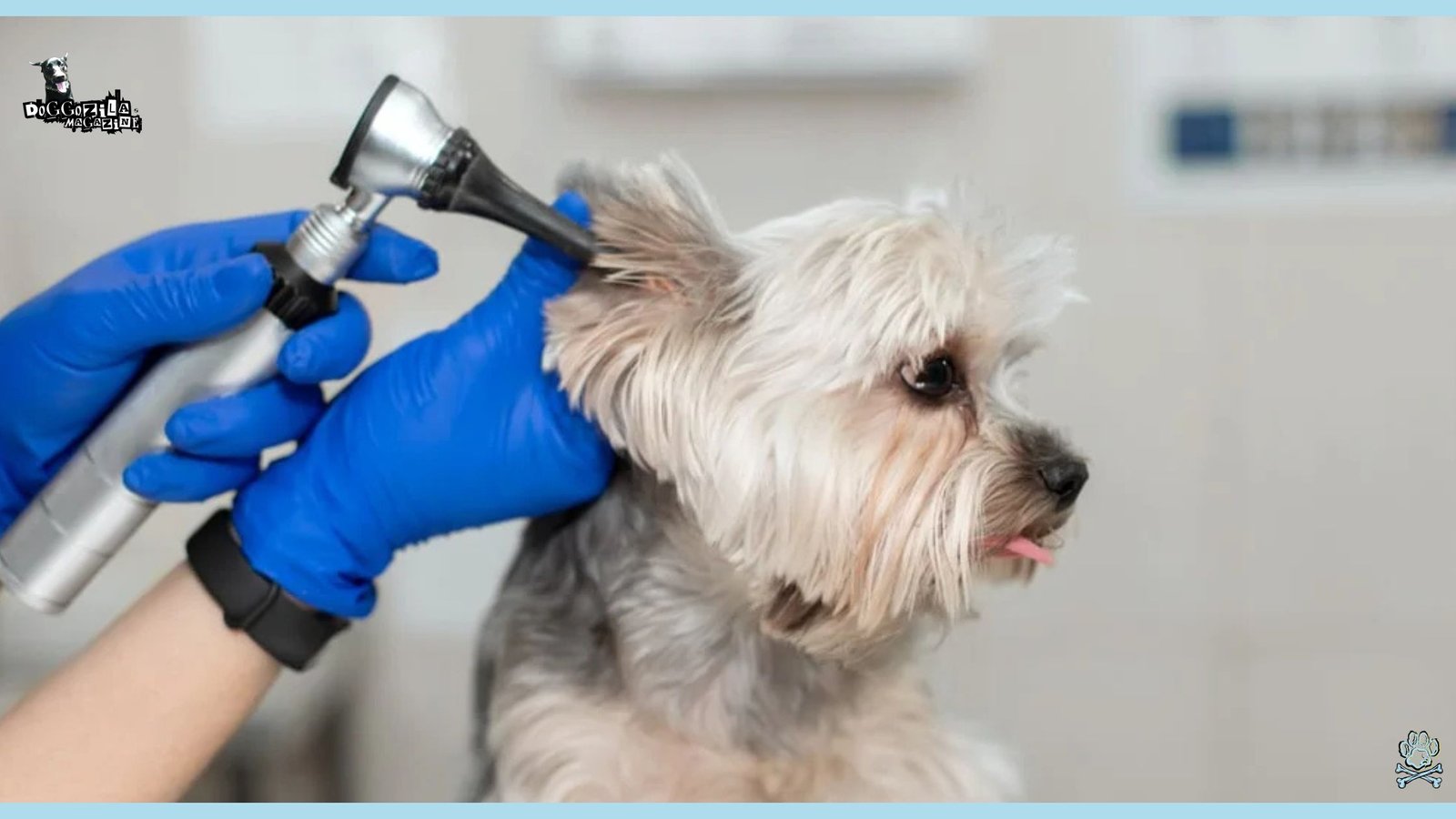
HOW TO LIVE WITH A DEAF DOG BY ENRICHING LIFE THROUGH SENSORY AND MENTAL ADVENTURES?
Deaf dogs flourish when you tap into all their remaining senses such as touch, sight, and especially smell, so a daily diet of enrichment activities keeps them engaged and joyful. Snuffle mats scatter kibble across fabric folds, transforming each meal into a scent scavenger hunt. Puzzle feeders challenge problem-solving skills, while water docks and shallow pools invite controlled splash sessions that invigorate without overwhelming. Every new game you introduce deepens your dog’s confidence and cements your partnership in a world that’s always evolving.
Playtime is sensory heaven! Focus on scent, sight, and touch. Flirt poles, puzzle toys, and scent trails ignite their minds. Deaf dogs often excel at sports like dock diving or tracking—where silence is golden.
Enriching Life Through Scent-Based Games, Nose Work Puzzles, And Smell Training
Dogs’ olfactory systems outperform ours by thousands of times, making scent games the ultimate enrichment for deaf dogs. Hide cheese or freeze-dried liver cubes around a room, then release your dog from a “stay” marker to forage.
Nose-work kits come with scented vials and training docks that guide beginners through progressively harder challenges. You can even create “trail” experiences in your yard by dragging a treat across the grass before letting your dog pick up the scent. Each successful find earns a celebratory thumbs-up and backrub, reinforcing the thrill of discovery.
Incorporating Interactive Toys And Treat Dispensers For Mental Stimulation
Automated puzzle feeders force dogs to roll, flip, and paw at compartments to release treats, engaging both cognitive and motor functions. Start with easy modules like slide-and-find boards, and move up to multi-chamber challenges as your dog masters each level.
Interactive toys that respond to nudges or push levers with a pop-up reward keep sessions short but exhilarating. By timing these games before walks or mealtimes, you maximize motivation and avoid overloading your dog with frustration.
Creating Multi-Sensory Enrichment Stations At Home Using Textures, Lights, And Sounds
Build a corner playground with soft, textured blankets, scatter-rug sniff stations, and a low-volume speaker playing soothing classical music (the bass frequencies create subtle vibrations). Add motion-activated LED lights that sparkle at ground level when your dog approaches, prompting gentle curiosity and controlled movement.
Swap stations weekly, today’s “bubble toy” corner can become tomorrow’s “cotton-ball flask” sniff zone, to ensure novelty and ongoing engagement. This variety helps your deaf dog stay mentally nimble and emotionally balanced.
🔑 Key Points: Hand signals, facial expressions, and body language become your primary communication tools. Use clear, consistent gestures and positive reinforcement (treats, thumbs-up, tactile praise) for training, as deaf dogs learn visual cues as quickly as hearing dogs learn verbal ones.
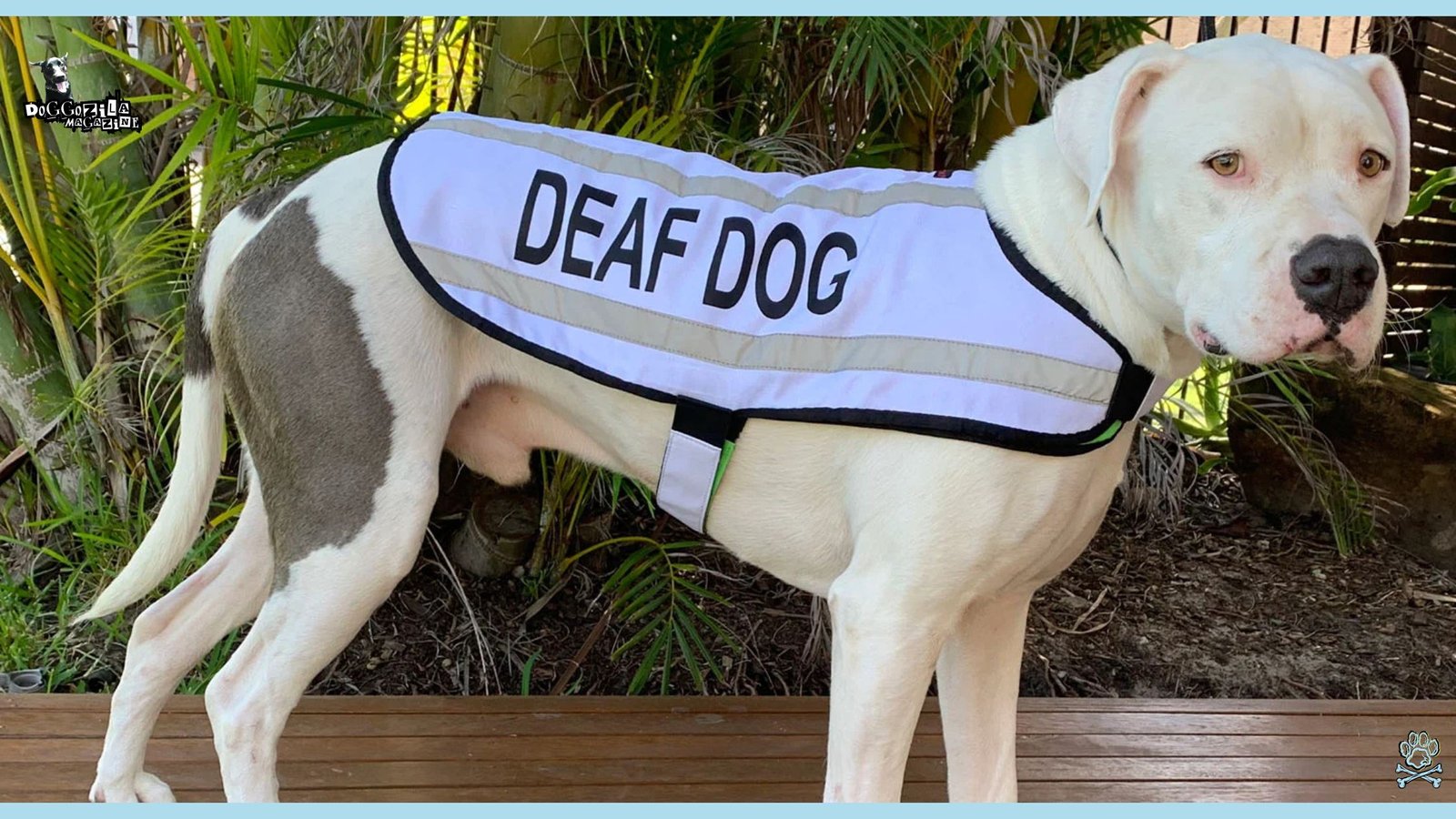
SCHEDULING SOCIALIZATION OPPORTUNITIES WITH OTHER DOGS AND SUPERVISED PLAYDATES
Even without hearing, deaf dogs can enjoy canine interactions when introductions are carefully managed. Start with a calm peer dog in a neutral space, allowing them to nose greet and body-read each other. Supervise early sessions to step in if play becomes too rough, since your deaf dog won’t hear warning growls. Use parallel walks such as two leashed dogs sauntering side by side, to build comfort before free-play meets. Positive peer experiences foster both pack instincts and confidence, rounding out a rich sensory life.
Freedom comes with precautions. Always use a harness, not a collar and a 6-foot leash. Avoid off-leash areas unless fully fenced. Carry a “I am deaf” flag for hikes.
Building Confidence And Managing Anxiety In Deaf Dogs
Transitioning into adulthood without sound can trigger anxiety, especially around sudden movements or unpredictable guests. By teaching a calm “watch me” visual cue, you ground your dog’s attention before new events unfold.
Gradual desensitization like pairing slow chair movements with treats, hinges on repetition and predictability. Whether tackling vet visits or holiday visitors, layering visual forecasts and a patient pace ensures your deaf dog braves each scenario with growing poise.
Building Confidence Slowly: Mastering Novel Challenges For Dogs With Hearing Loss
Introduce each new object like a broom, stroller, umbrella as a game, rewarding the slightest sniff or tail-wag with praise. Keep the environment controlled: no surprise pops of noise or sudden pushes.
As your dog’s curiosity triumphs over hesitance, increase novelty: rotate props weekly and combine them into mini obstacle courses. Celebrate every step forward, no matter how small, to reinforce that unknown doesn’t mean unsafe.
Recognizing Signs Of Stress And Managing Separation Anxiety In Deaf Dogs
Without sound, deaf dogs often rely on vibration cues; absence of your usual footsteps can spark worry when you leave a room. Look for yawning, lip-licking, or pacing as stress signals, then intervene with safe chews near entryways.
Crate training with a comfy bed and a “calm” hand signal before you depart, as this builds a predictable anchor. Puzzle toys and scent blankets can ease transitions, creating a calm departure routine that soothes separation jitters.
🔑 Key Points: Build trust and speed learning using high-value treats, toys, and affection as rewards. Keep sessions short, positive, and consistent. Partner with professional trainers specializing in deaf dogs for advanced techniques.
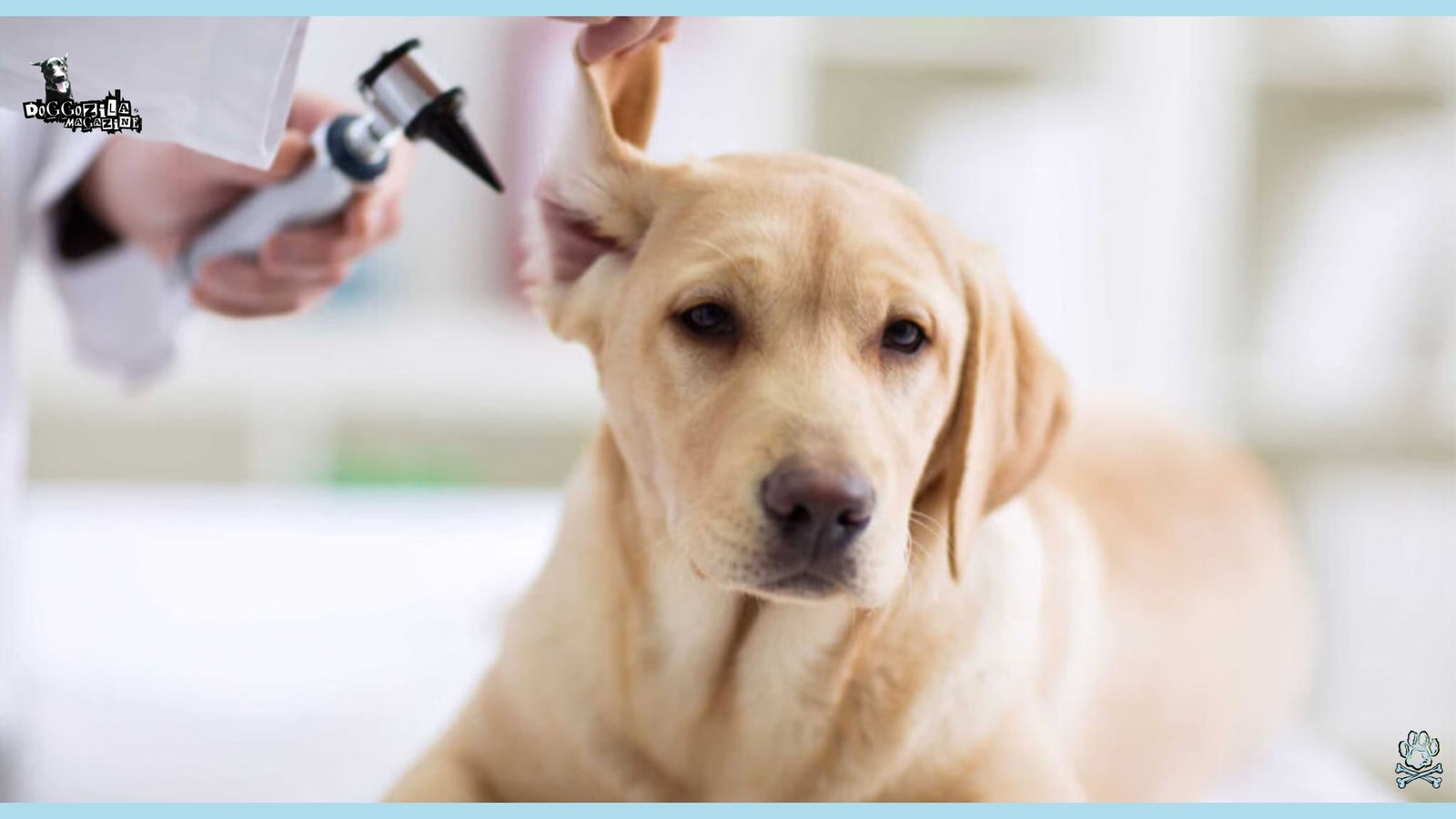
USING MODELING AND EMOTIVE TOUCH TO HELP ANXIOUS DEAF DOGS BUILD TRUST
Dogs read human heart rates through subtle cues like pulse-synchronized chest rubs and gently placed hands on shoulders help them relax. Practice “bell-ring” desensitization by lightly tapping your foot near your dog, then offering a treat, so they link vibrations to good things rather than surprise. Mirror calm stretches and slow yoga-style moves to convey safety. Over time, these humane approaches weave new threads of security into your partner’s fabric of trust.
Trust is built in quiet moments: shared sunbeams, gentle grooming, or synchronized naps. Deaf dogs are masters of presence, they’ll teach you to listen with your heart.
Life Stories, Research Insights, and Case Studies About Deaf Dogs
Beyond training manuals and blog posts, real-world stories bring the joys and challenges of life with a deaf dog into vivid relief. From Nitro’s rock-climbing expeditions with his human mentor to Luna’s award-winning scent-work displays at local canine competitions, deaf dogs continually rewrite expectations.
Veterinarians at VCA Animal Hospitals report that deaf pups given structured visual routines live just as long and happily as hearing dogs, underscoring the power of informed care. By weaving these case studies into your own journey, you’ll appreciate how adaptable, resilient, and endlessly loving deaf dogs truly are.
Case study: Nitro’s Adventures with Deaf Dogs Rock and Urban Trails
Nitro, a rescued Australian Cattle Dog, gained international fame when blogging duo Deaf Dogs Rock documented his city-park agility runs and graffiti-lined alleyway scent hunts. Without hearing, Nitro learned to interpret a combination of flashlight pulses and hand-signal whistles, and now competes in off-leash scent trials with a 95 percent success rate.
His story underlines the importance of community support groups, professional photography that highlights wagging tails, and the unstinting patience of trainers who see potential before obstacles.
Insights from VCA Animal Hospitals on living with a deaf dog and veterinary best practices
Veterinarians at VCA emphasize that deaf dogs share the same health profiles as hearing peers, yet they do require extra vigilance around sunburn in light-coated breeds and safe-leash protocols near roads. Routine ear checkups can catch treatable infections before they cause permanent loss, and early introductions to touch-based grooming prevent fear-based reactions later on.
These medical insights reinforce that proactive wellness such as vaccinations, dental care, and skin checks pairs seamlessly with adaptive training for a thriving life.
Research highlights: improving deaf dog welfare with novel tech and community support
Recent studies in Applied Animal Behaviour Science spotlight vibration-based home-automation systems like floor sensors that flash lights or gently rumble collars when a visitor arrives, improving safety in urban apartments. Crowd-sourced funding has also bolstered smartphone apps that translate loud household noises into distinct vibration patterns.
Meanwhile, deaf-dog meet-ups and online forums provide emotional solidarity, sharing success stories from service-dog retreats to scent-camp weekends. Together, research and real-life camaraderie ensure that every deaf dog’s journey is an adventure worth celebrating.
Whether you’re at the threshold of adopting a deaf puppy or looking to fine-tune routines with an older companion, these strategies and stories illuminate the rewarding path ahead. By blending structured training, sensory enrichment, and a community of advocates, you’ll master how to live with a deaf dog in a way that’s adventurous, confident, and full of unconditional love.
🔑 Key Points: Always use secure leashes/harnesses and visual recall signals (flags, lights). Equip dogs with “Deaf Dog” identifiers. Train reliable recall using long lines in controlled environments before progressing. Avoid off-leash areas unless fully secured.
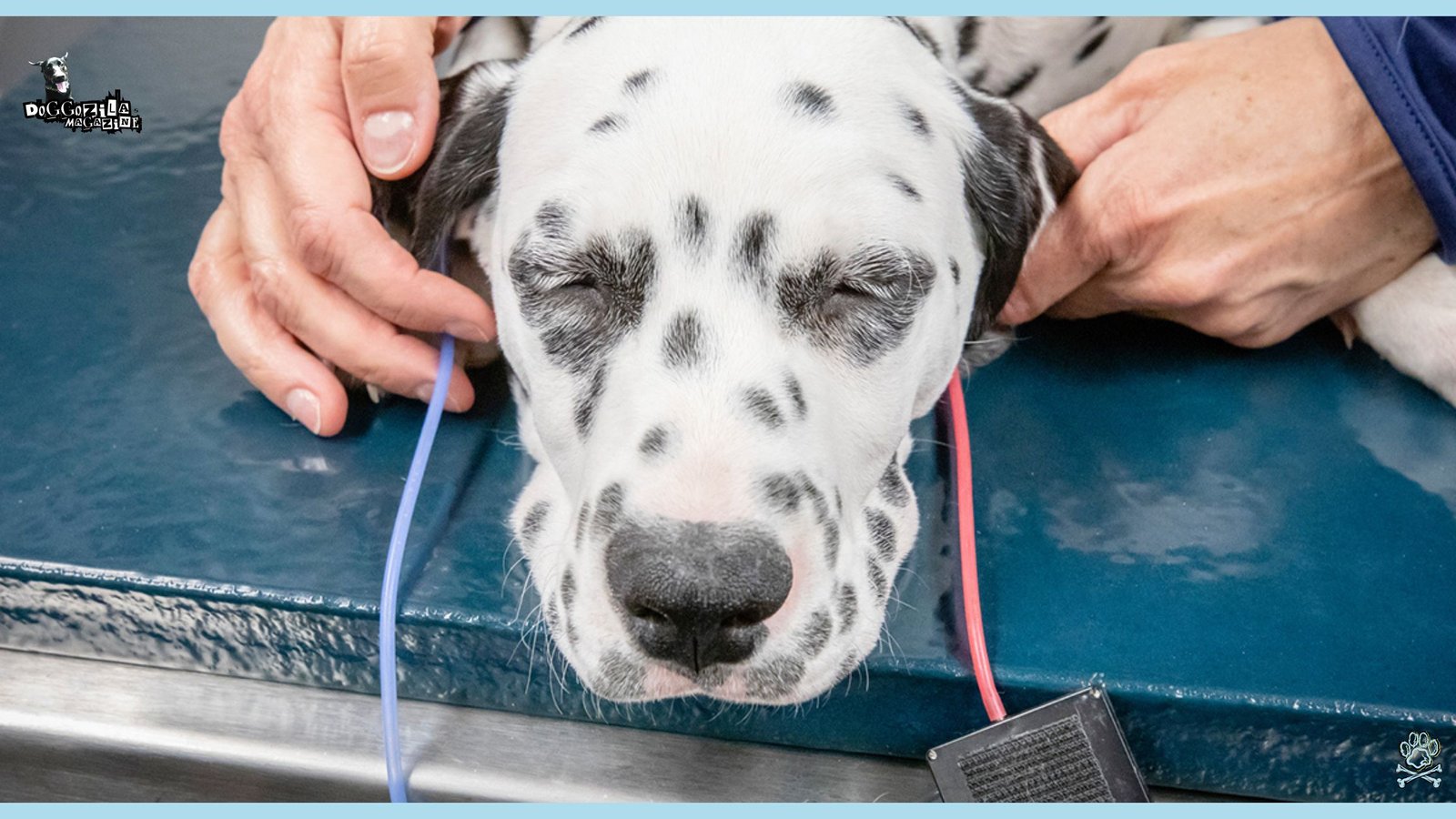
EMBRACING THE JOURNEY: HOW TO LIVE WITH A DEAF DOG AND CELEBRATE EVERY VICTORY
This isn’t a challenge—it’s an upgrade. You’ll notice subtleties others miss: the way moonlight paints their fur, or their focused intensity during training. Deaf dogs live fully, fiercely, and unforgettably.
Engage remaining senses with scent games (nose work, snuffle mats), interactive puzzle toys, textured enrichment stations, and structured play. This builds confidence, reduces anxiety, and provides essential mental engagement.
Celebrating Small Wins: From Recall to Relaxation
Throw a “gotcha day” party with pupcakes! Share milestones online using #DeafDogJoy. How to live with a deaf dog turns ordinary moments into triumphs: their first off-leash hike in a secure canyon had me weeping happy tears.
The Unspoken Rewards: What Your Deaf Dog Teaches You
They’ll show you resilience, presence, and how to communicate beyond words. How to live with a deaf dog isn’t about limitation, it’s about unlocking a richer, more attentive love.
Ready to start your adventure?
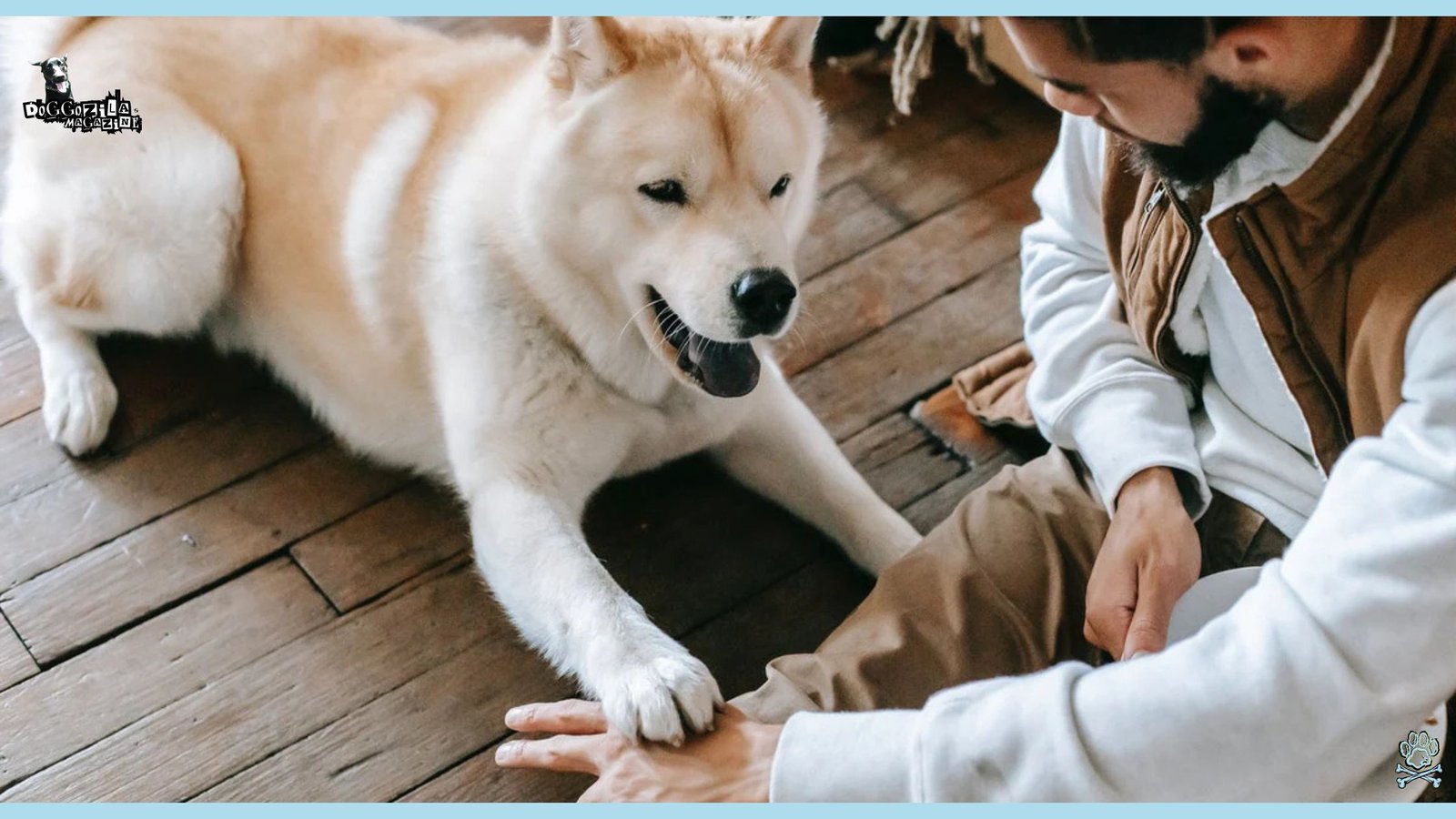
Grab that leash, flash a thumbs-up, and step into a world where silence speaks louder than barks.

